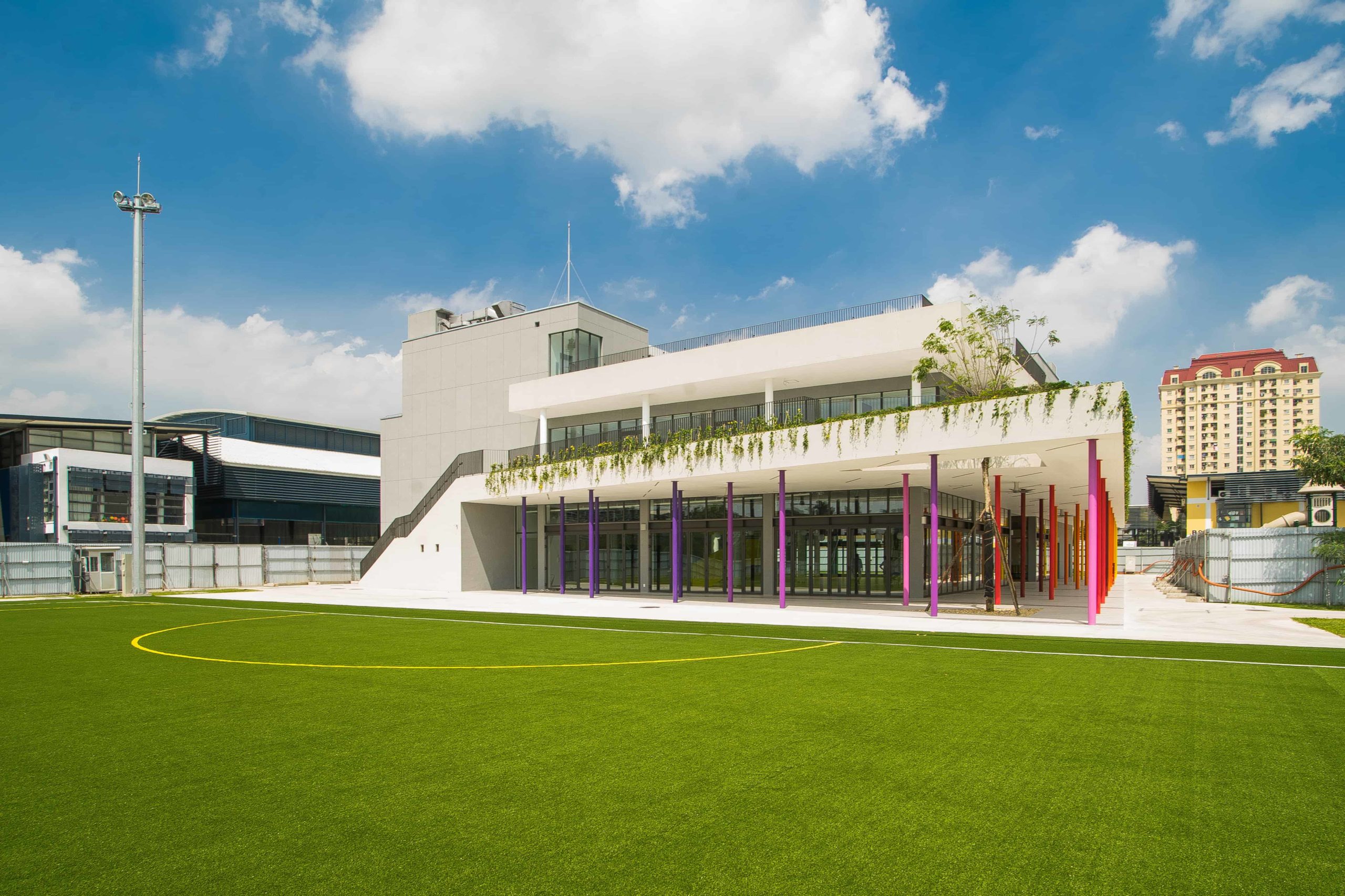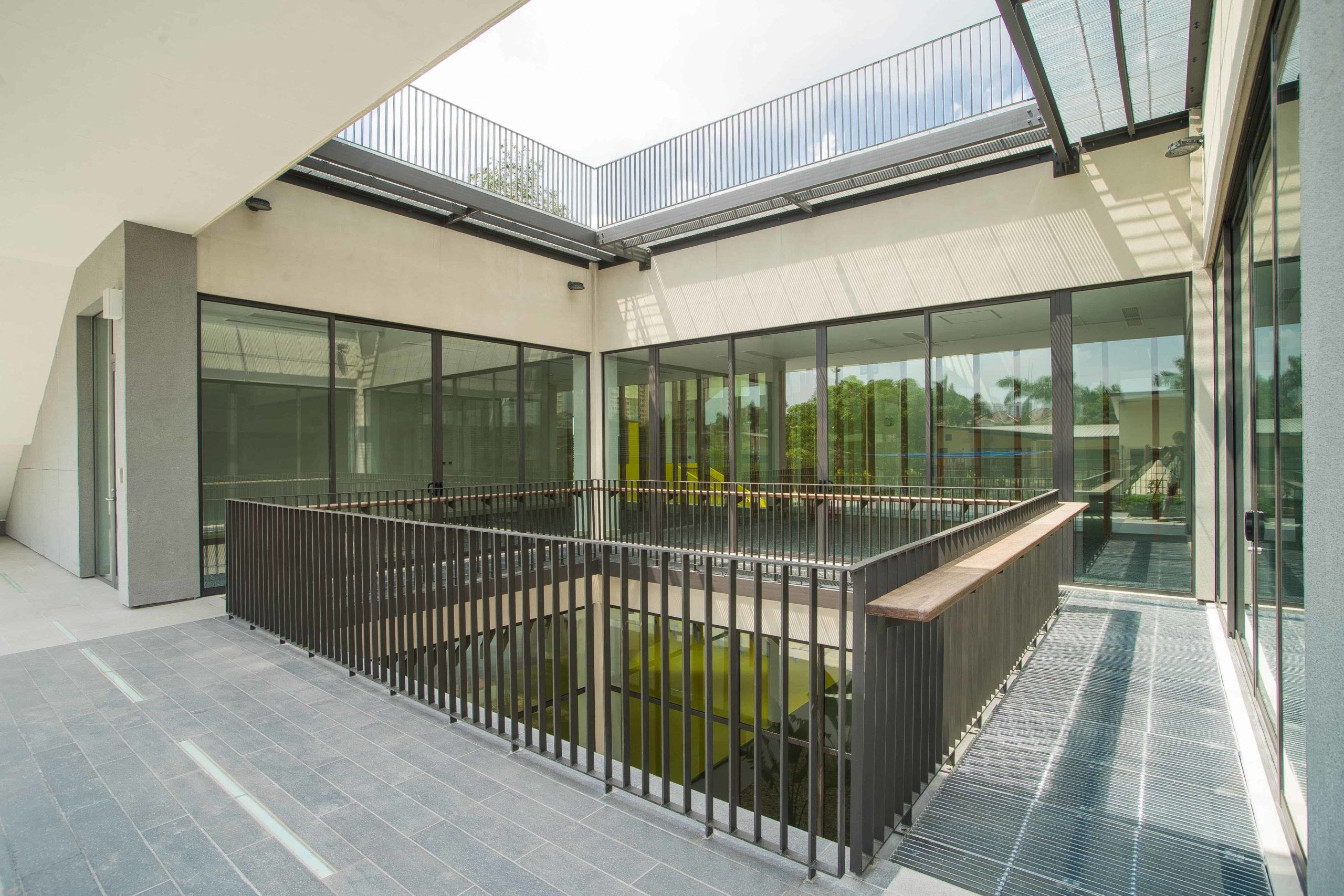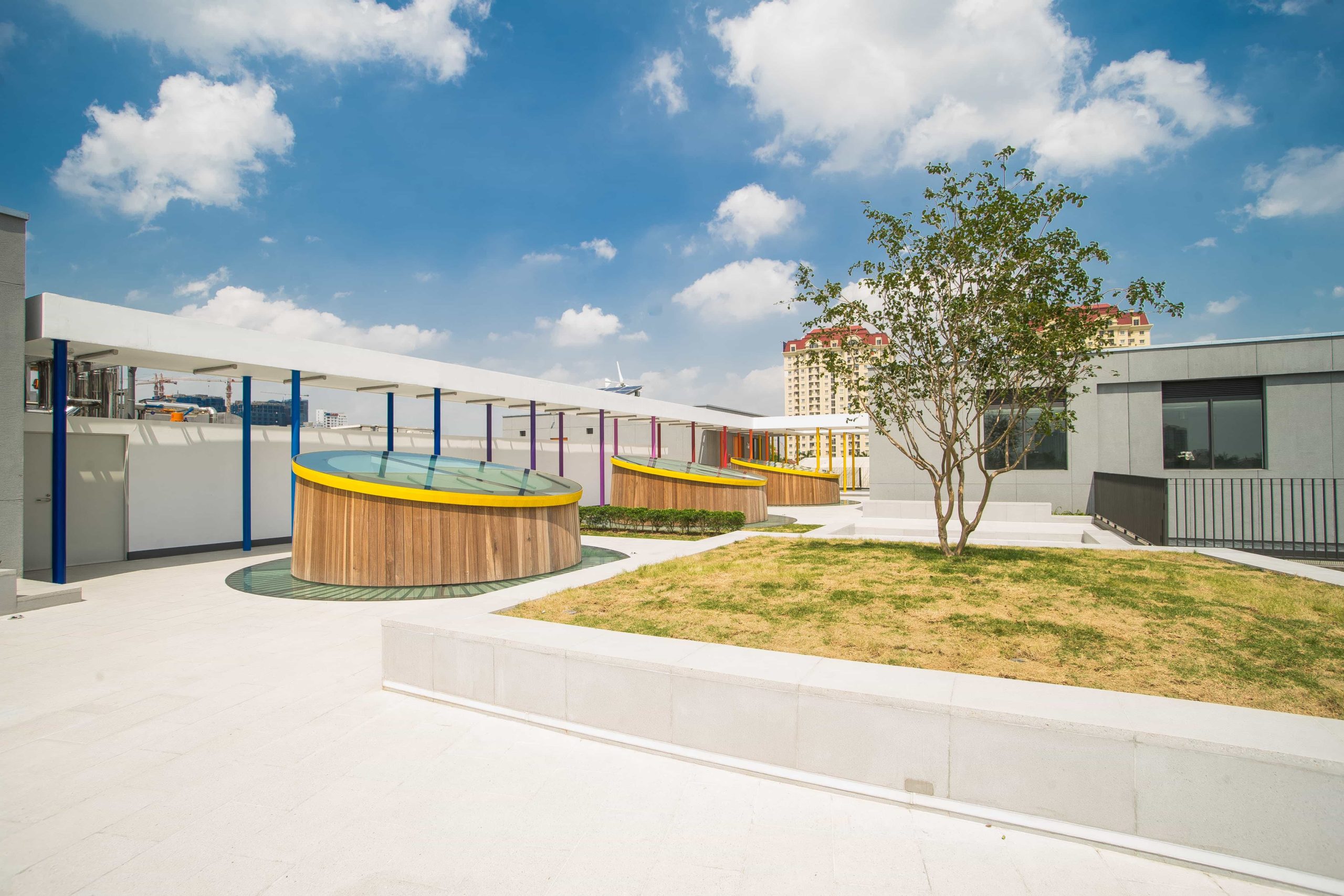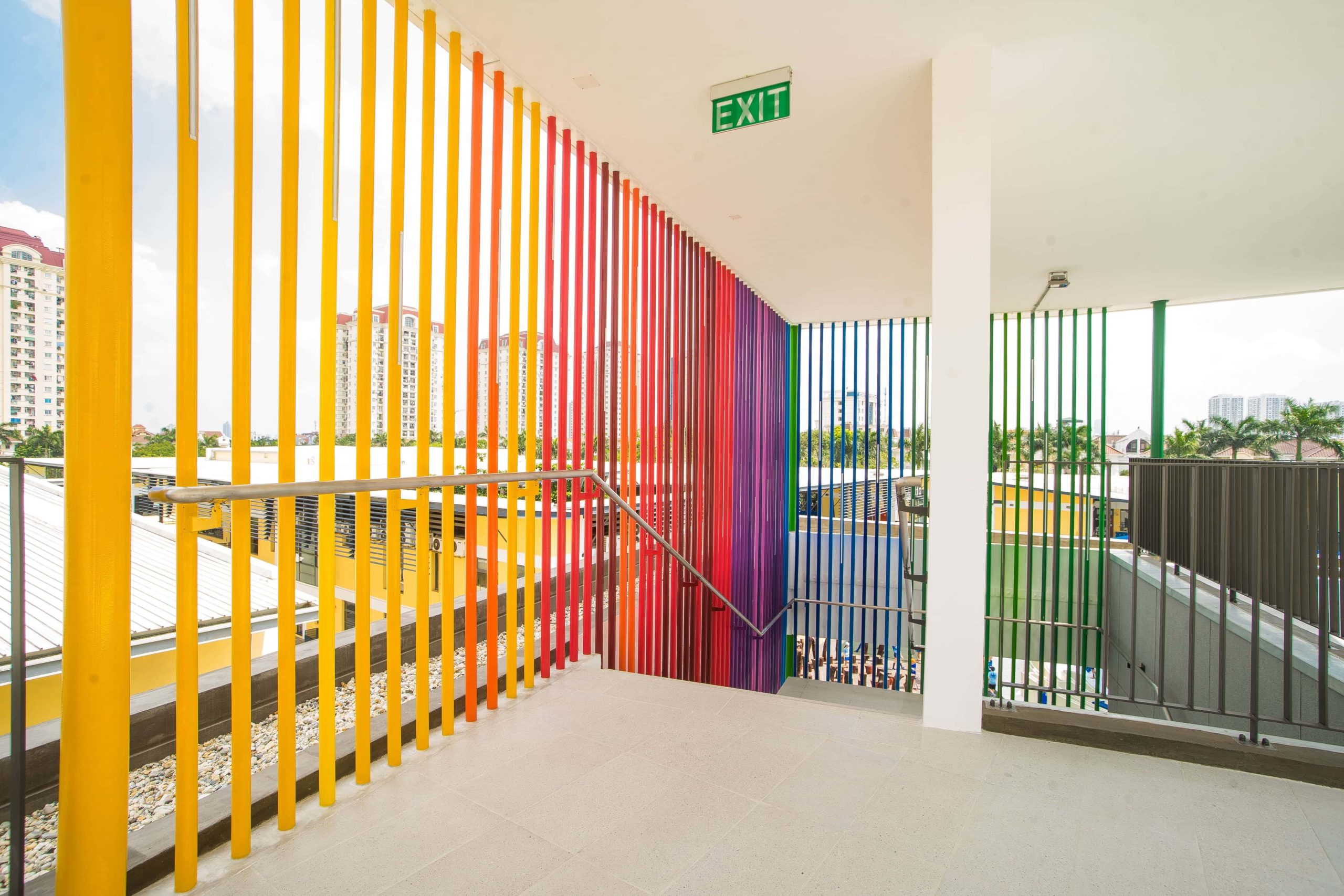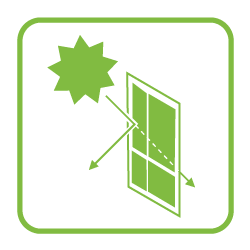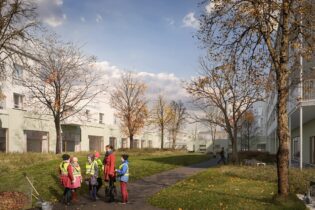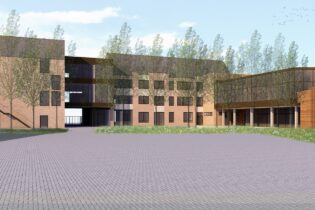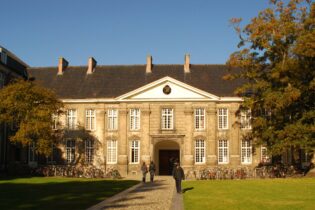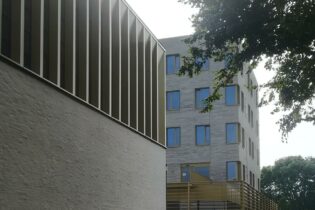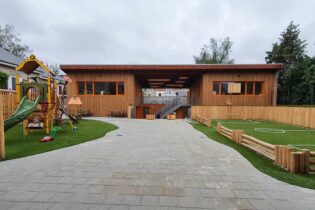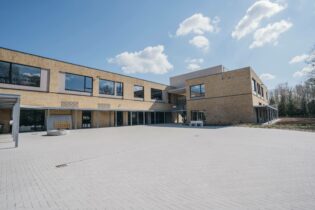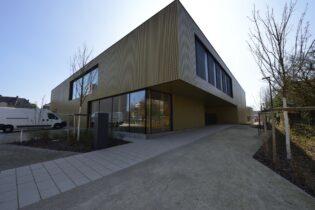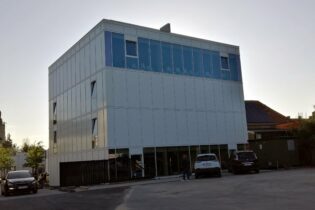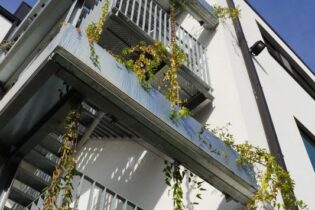UNIS – UNITED NATIONS INTERNATIONAL SCHOOL
Hanoi, Vietnam, South East Asia
The main objectives of UNIS (United Nations International School) are to design a state-of-the-art energy-efficient building that does not compromise the comfort level of the students while minimizing negative impacts on the environment, and secondly to use the building as a learning tool for students pursuing studies in the field of sustainability and environmental studies.
UNIS intends to renovate its existing infrastructures and expand the campus with the construction of new facilities, to reach excellence in an educational environment, sports competition, and children’s well-being. This project was completed in 2018 and put into use in 2018. The key is cooperative work, between all parties from the very beginning. Only an integrated design between the client, architect, and engineer will result in tangible sustainable and comfort benefits.
The campus cooling system is developed into an energy-efficient district cooling system. Indoor air quality will be constantly measured with CO2 sensors and assessed with air handling units equipped with filters, to cope with the high pollution rate of Hanoi. The façades are redesigned to enhance natural lighting and efficiently shaded to avoid direct solar radiation. Solar Power and Wind Turbine are applied in the project to provide free renewable energy to some part of the electricity demanding for the public areas on the campus also providing the school educational tools for science courses.

